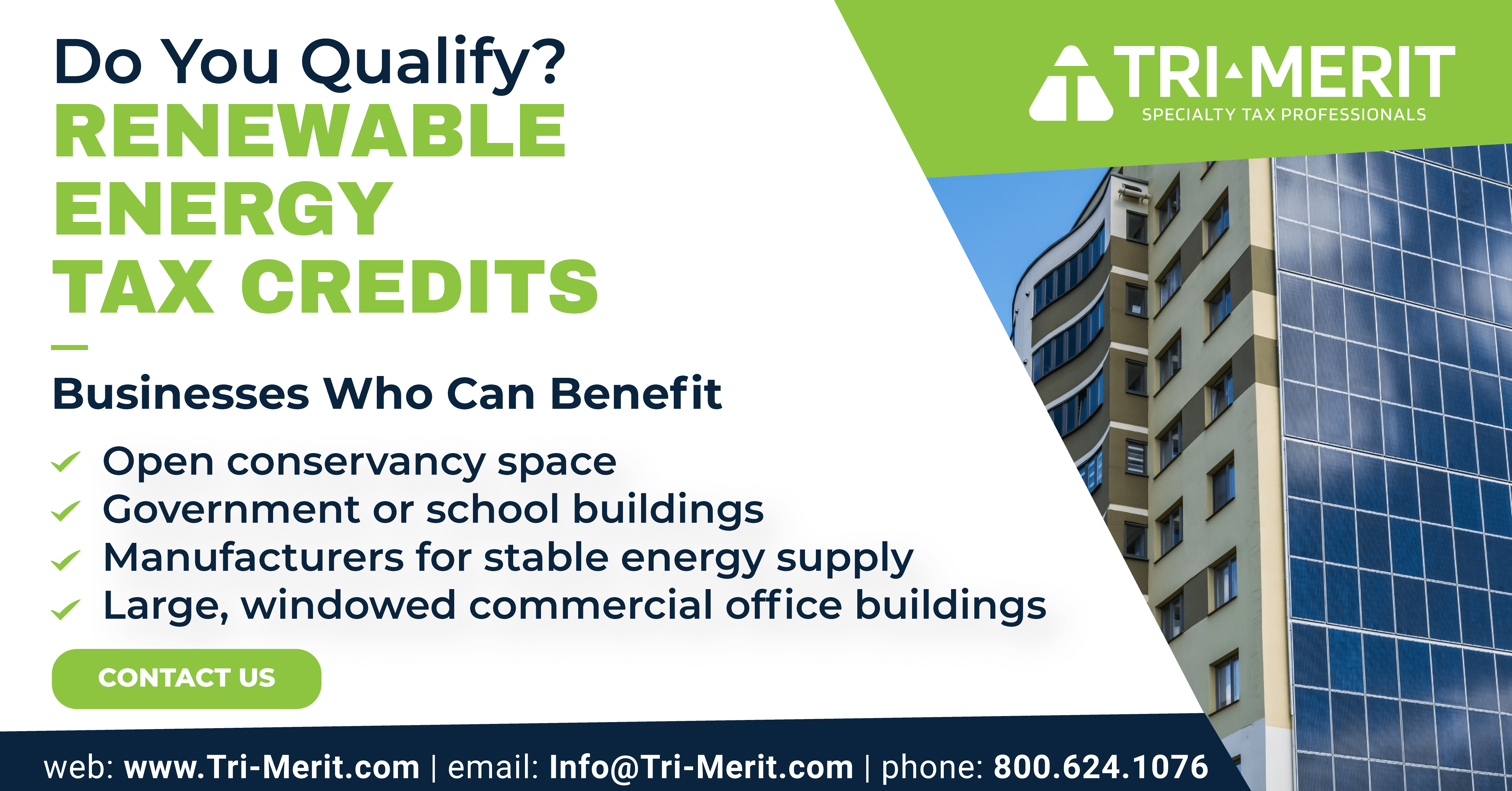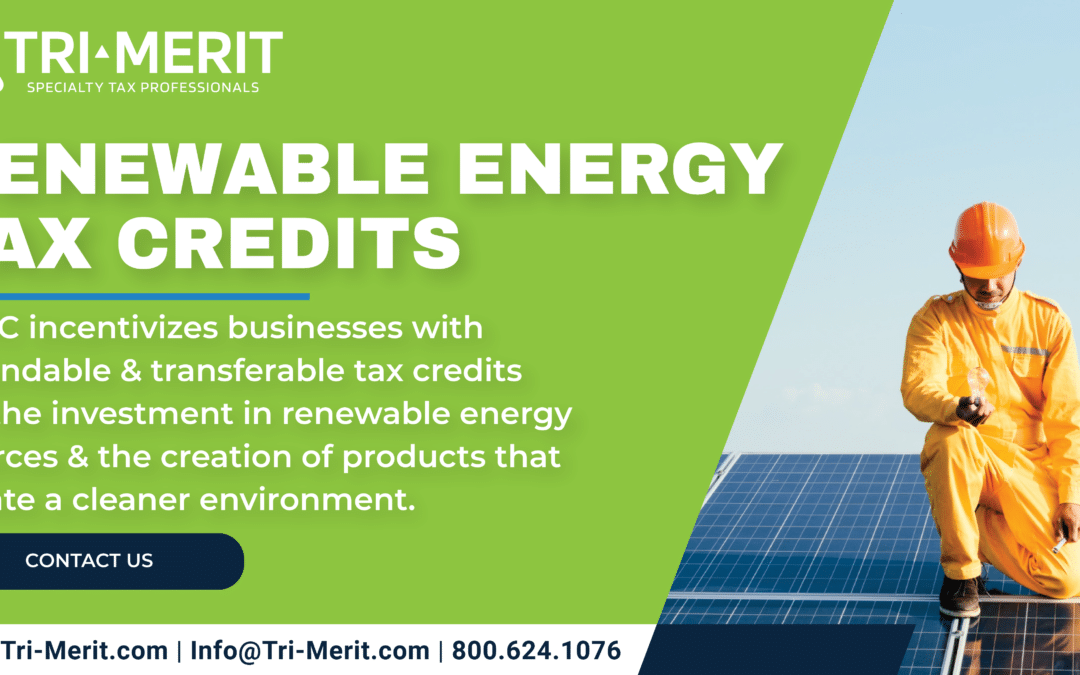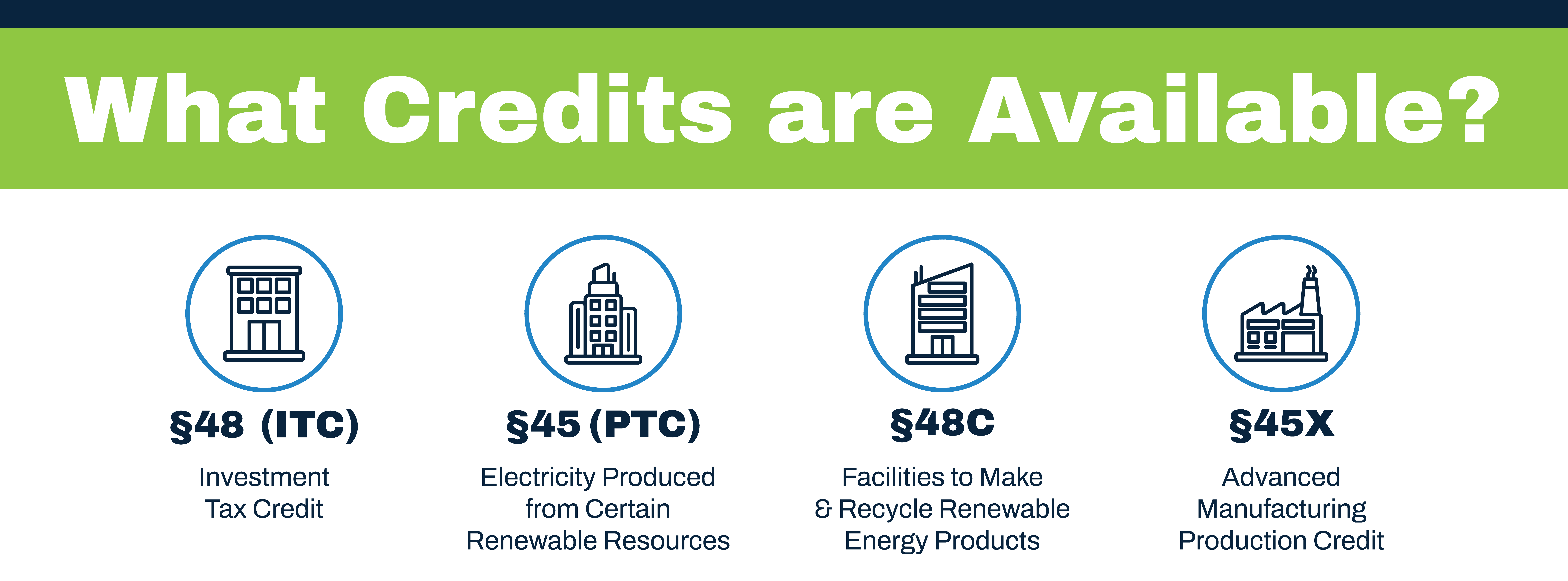What is the Inflation Reduction Act? Why is it important?
The Inflation Reduction Act of 2022 (IRA) introduces the grandest energy incentive effort in U.S. history. Building upon the energy initiatives implemented in the American Reinvestment Recovery Act of 2009, the IRA creates an environment that makes numerous energy-related projects incredibly enticing to diverse entities. With over 70 investment, production, and excise credits, the IRA aims to facilitate the transition to cleaner energy production, propel advanced manufacturing, promote the adoption of clean vehicles (CVs), and reduce greenhouse gas emissions through alternative fuels and energy-efficient technologies. Notably, significant improvements have been made to the U.S. Department of Agriculture (USDA) and Department of Energy (DOE) loan programs.
The Inflation Reduction Act of 2022 represents a momentous $369 billion investment in the modernization of the American energy system. Together with the Bipartisan Infrastructure Law, these two acts combine to form extraordinary investments totaling over $430 billion in transforming the nation’s energy infrastructure. These laws include specific provisions that aim to lower energy costs, enhance energy security, improve human health, combat climate change, create high-quality job opportunities, and address historical inequities within the energy system.
The act seeks to stimulate investments in:
- Expanding domestic manufacturing capacity
- Encouraging the domestic procurement of critical supplies
- Accelerating research and development and the commercialization of cutting-edge technologies
Furthermore, the act directly directs funding to environmental justice priorities and requires recipients of various funding streams to demonstrate equity impacts. Regarding Renewable Energy Tax Credits, Tri-Merit Partner, Phil Williams states, “In this politically charged atmosphere that we live in, there’s been a lot of pushback on these incentives as being a replacement for fossil fuels…it really goes a lot deeper than that. It’s really a way to fill the gap and make up for an energy deficiency to have and fill in that gap.”
What’s NEW?
General Business Credits for Renewable Energy Generation and Products
- IRC §48 Energy Credit (ITC)
- IRC §48C Advanced Energy Project Credit (ITC)
- IRC §45X Advanced Manufacturing Production Credit (PTC)
IRC §48 Energy Credit – Renewable Energy Investment Tax Credit (ITC)
The Inflation Reduction Act of 2022 brought the most significant and transformative renewable energy incentive opportunities to help US businesses manage and substantially reduce their energy costs and improve their energy security. Taking the next step toward enhancing our renewable energy infrastructure, it builds on gains from the American Recovery and Reinvestment Act of 2009. Not just focused on big energy, utility companies, and tax equity investors…the benefits are available to any business that buys and consumes electricity.
Types of Qualified Energy Property
- Energy Storage / Batteries placed in service after 2022 (*NEW)
- Microgrid Controllers placed in service after 2022 (*NEW)
- Interconnection Property placed in service after 2022 (*NEW)
- Qualified Biogas Property placed in service after 2022 (*NEW)
- Qualified Small Wind (less than 5 MW output)
- Solar (less than 5 MW output)
- Combined Heat & Power (CHP)
- Waste Energy Recovery Property
- Fiber-Optic Solar Lighting
- Geothermal Heat Pump
- Geothermal
- Qualified Microturbine
- Qualified Fuel Cell
Rates and Operating Rules
- Credits for certain “Energy Projects” can be increased 5x by meeting prevailing wage and apprenticeship rules
- The Energy Credit can be treated as a tax payment if the taxpayer is a Not-for-Profit entity per §6417
- Credit rates range from 6% – 30% depending on the type, construction start date, and placed-in-service date
- Construction must be completed, or original use of the Property must commence with the taxpayer
- The Energy Credit is a “Specified credit” that can offset AMT per §38(c)(4)(B)(x)
- Property must conform to performance and quality standards
- Requires a §50(c)(3) basis reduction of 50% of the ITC
- The Energy Credit can be transferred per §6418
- Property must be depreciable
Nearly any business or facility that uses electricity to generate heat, light, or produce goods or services can take advantage of the ITC, which can be up to 30% of your qualified costs for renewable energy property placed in service after December 31, 2021, and where construction begins by December 31, 2024. Discuss with your energy consultants to learn more about your renewable options; then, we can assist in determining qualification and pro forma estimated benefits for finance and tax planning purposes.
Once you have considered your choices, we can review your plans and provide tax guidance by identifying “qualified energy property” for maximizing your ITC. Typically, this includes property used in constructing or installing equipment or facilities for renewable energy generation. We can also evaluate related energy components, including newly allowable microgrid connection and battery storage installations, and provide a detailed cost allocation report for filing purposes. Often, this is done in conjunction with a cost segregation study, which we can also provide and issue a comprehensive report for tax filing. This will be especially important if you choose to sell your ITC’s.
IRC §48C – Advanced Energy Project Credit (ITC)
If you are expanding your plant to manufacture renewable energy products, adding or expanding recycling facilities for renewable energy equipment or critical materials, or planning to install equipment in your plant to reduce greenhouse gases, you may qualify for up to a 30% federal tax credit!
If you fall into the following categories, the enhanced $10 billion Advanced Energy Projects Program can help by offering tax credits for manufacturing or recycling renewable energy equipment and critical materials or using them for greenhouse gas reduction. This program awards allocations through an ongoing application process. Even if you can’t use the credits, they can be sold for cash through the Inflation Reduction Act of 2022 provisions designed to help US businesses manage and substantially reduce their energy costs, improve energy security, and support the domestic supply chain.
Qualifying Category 1
Qualifying Category 1 includes re-equipping, expanding, or establishing industrial or manufacturing plants to produce or recycle renewable equipment.
EXAMPLES
- Solar, hydro, wind, geothermal, or other renewable energy equipment
- Fuel cells, microturbines, or energy storage systems
- Electric grid modernization equipment and components
- Carbon capture and sequestration equipment, or used for reducing greenhouse gas emissions
- Equipment for refining or blending renewable fuels
- Equipment for energy conservation for residential, commercial, or industrial use
- Energy storage systems for electric or hybrid vehicles
Qualifying Category 2
Qualifying Category 2 includes re-equipping industrial or manufacturing plants to reduce greenhouse gas emissions by at least 20%.
EXAMPLES
- Low- or zero-carbon process heat systems
- Carbon capture, transport, utilization, and storage systems
- Energy efficiency and reduction in waste from industrial processes
- Any other industrial technology designed to reduce greenhouse gas emissions
Qualifying Category 3
Qualifying Category 3 includes facilities to re-equip, expand, or establish an industrial facility for processing, refining, or recycling certain critical materials and minerals.
CRITICAL MATERIALS: These include non-fuel minerals, elements, substances, or materials with a high risk of supply chain disruption. They serve essential functions in energy technologies that produce, transmit, store, or conserve energy and those using critical minerals like lithium and cobalt.
CRITICAL MINERALS: Prominent examples of critical minerals include lithium and cobalt. For more information, refer to the Department of the Interior’s 2022 Final List of Critical Minerals.
While the first round of applications is closed, stay updated with all things Tri-Merit to know when Round 2 will be open! Talk to a representative today to begin the process.
IRC §45X – Advanced Manufacturing Production Credit (PTC)
If you manufacture specific renewable energy or energy storage products, parts, or components in the US, produce critical materials, including aluminum, beryllium, chromium, cobalt, or lithium, and sell to an unrelated person as a part of your company’s trade or business…you may qualify for a production tax credit for up to 10 years through 2032!
45X production credit supports domestic manufacturing of renewable energy components within the US. Focusing on solar, wind, battery, and critical mineral applications, it provides stability to manufacturers for parts and materials used in making renewable and energy-efficient products. Even if your company can’t use the credits, they can be a direct pay refundable credit sold for cash through the Inflation Reduction Act 2022 provisions. This helps US businesses manage and substantially reduce their energy costs, improve energy security, and support the domestic supply chain.
* THE CREDIT CANNOT BE TAKEN IF FACILITIES WERE CONSTRUCTED USING §48C ADVANCED ENERGY PROJECT INVESTMENT TAX CREDIT
ELIGIBLE COMPONENT: SOLAR ENERGY
- Photovoltaic cells
- Photovoltaic wafers
- Polymeric back sheets
- Solar grade polysilicon
- Solar modules
- Solar trackers and components, including torque tubes and structural fasteners
ELIGIBLE COMPONENT: WIND ENERGY
- Blades
- Nacelles
- Towers
- Offshore wind foundations
- Related offshore wind vessels
ELIGIBLE COMPONENT: INVERTERS (DC TO AC)
- Central inverters with capacity greater than 1 MW
- Commercial inverters suitable for commercial or utility-scale applications
- Distributed wind inverters with capacity up to 150 kilowatts
- Microinverters with a rated output of 120 / 240-volt single phase or 208 / 480 three-phase power
- Residential inverters with a rated output of 120 / 240-volt single-phase power
- Utility inverters with a rated output of not less than 600-volt three-phase power
ELIGIBLE COMPONENT: BATTERIES
- Electrodes
- Battery cells
- Battery modules
ELIGIBLE COMPONENT: CRITICAL MINERALS
- Minerals that are critical components in the manufacture of certain renewable energy products
- Aluminum, beryllium, chromium, cobalt, graphite, lithium, nickel, tungsten and others
In conclusion, the Inflation Reduction Act of 2022 is a major milestone for renewable energy production in the United States. It provides incentive opportunities to help US businesses manage and substantially reduce their energy costs, improve their energy security, and take advantage of ITC tax benefits. Not only does it benefit big players in the market, but it also benefits businesses and facilities of all kinds. To maximize your qualifications for ITC and optimize your plans, contact a Tri-Merit specialist today! We offer comprehensive guidance to meet all your renewable energy needs. We can help you determine what qualifies as “qualified property” and provide detailed financial and tax planning strategies so that you can make an informed decision about your renewable options. With uncertainty looming for the future of energy production, now is the time to join forces with us to build a more secure foundation for our country’s energy economy. Let us help make sustainability possible by reducing inflation together.



